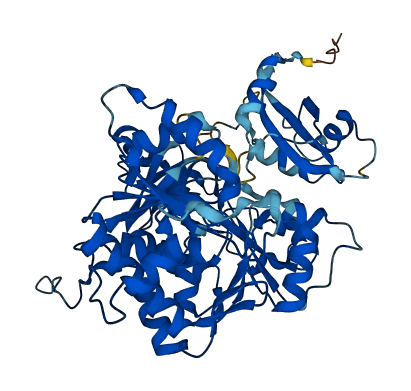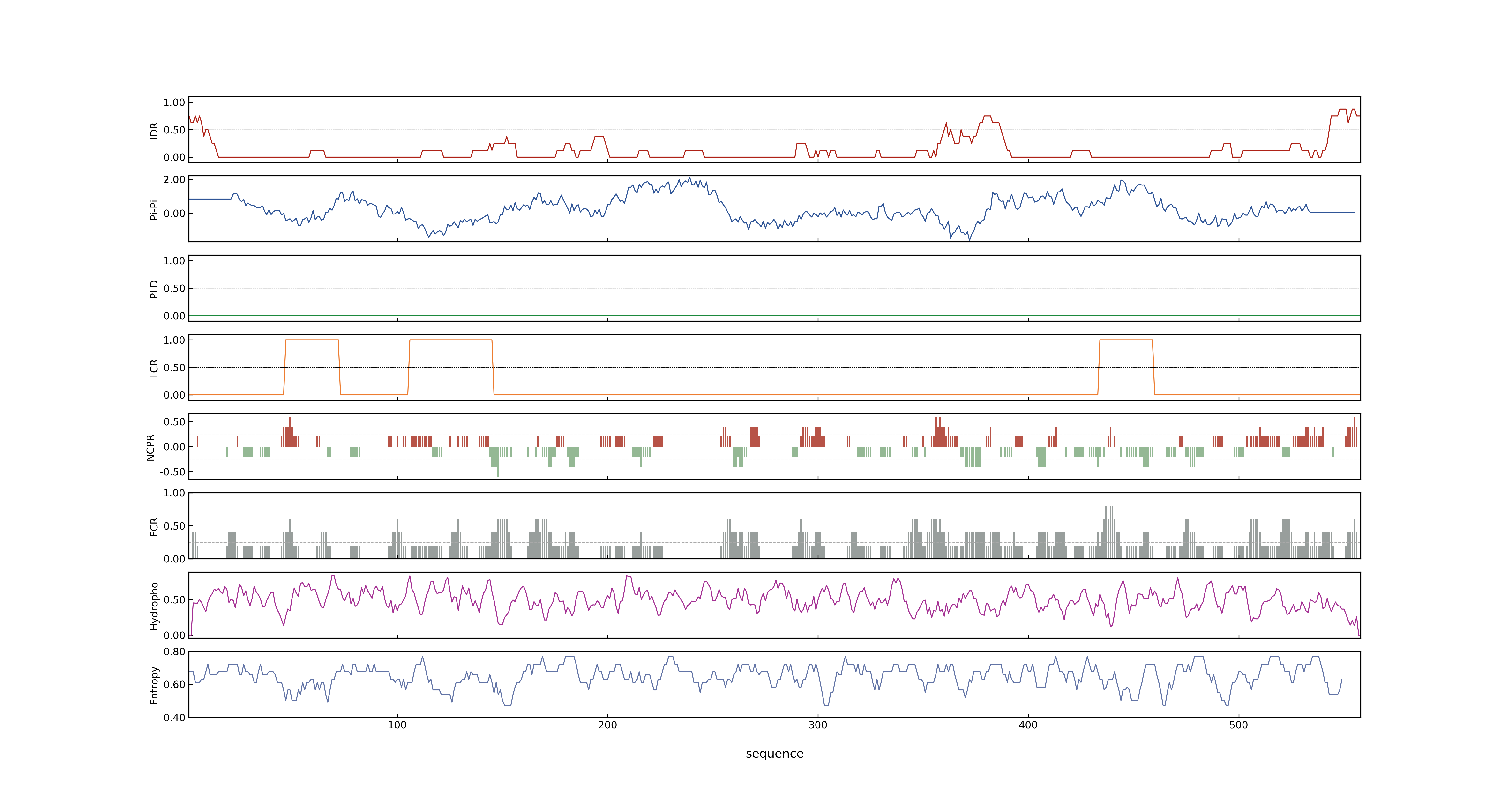- Information
- Symbol: OsBIABP1,SLAC1,OsSLAC1
- MSU: LOC_Os04g57850
- RAPdb: Os04g0674700
- PSP score
- LOC_Os04g57850.1: 0.0156
- PLAAC score
- LOC_Os04g57850.1: 0
- pLDDT score
- 91.6
- Protein Structure from AlphaFold and UniProt
- MolPhase score
- LOC_Os04g57850.1: 0.35920354
- MolPhase Result
- Publication
- Increased leaf photosynthesis caused by elevated stomatal conductance in a rice mutant deficient in SLAC1, a guard cell anion channel protein, 2012, J Exp Bot.
- Molecular characterization of a defense-related AMP-binding protein gene, OsBIABP1, from rice, 2009, J Zhejiang Univ Sci B.
- Contribution of the S-type anion channel SLAC1 to stomatal control and its dependence on developmental stage in rice., 2017, Plant Cell Physiol.
-
Genbank accession number
- Key message
- Our results suggest that OsBIABP1 may be a defense-related AMP-binding protein that is involved in the regulation of defense response through SA and/or JA/ET signaling pathways
- OsBIABP1 is expressed in stems, leaves and flowers of rice plants, but is not expressed, or expressed at a very low level, in rice roots
- Furthermore, the expression of OsBIABP1 is activated by the infection of Magnaporthe oryzae, and the induced expression is quicker and stronger during early stages of pathogenesis in incompatible interaction than that in compatible interaction between rice and M
- A second screen using an infrared thermography camera revealed that one of the mutants, named slac1, had a constitutive low leaf temperature phenotype
- Measurement of leaf gas exchange showed that slac1 plants grown in the greenhouse had significantly higher stomatal conductance (g (s)), rates of photosynthesis (A), and ratios of internal [CO(2)] to ambient [CO(2)] (C (i)/C (a)) compared with wild-type plants, whereas there was no significant difference in the response of photosynthesis to internal [CO(2)] (A/C (i) curves)
- Increased leaf photosynthesis caused by elevated stomatal conductance in a rice mutant deficient in SLAC1, a guard cell anion channel protein
- The expression of OsBIABP1 was induced by some defense-related signal molecules, e
- Molecular characterization of a defense-related AMP-binding protein gene, OsBIABP1, from rice
- SLAC1 is a stomatal anion channel protein controlling stomatal closure in response to environmental [CO(2)]
- In order to examine stomatal limitations to photosynthesis, a SLAC1-deficient mutant of rice was isolated and characterized
- All three lines had maximum gs during the tillering stage, when the gs values were 50% higher in slac1 and 70% lower in SLAC1-F461A, compared with WT
- Both slac1 and SLAC1-F461A retained the ability to change gs in response to the day-night cycle, and showed differences in tillering rate and plant height compared with WT, and lower grain yield
- These observations show that SLAC1 plays a crucial role in regulating stomata in rice at the tillering stage
- To discern the contribution of stomatal regulation to rice growth, we compared gs among wild-type (WT) and two mutants, slac1 and the dominant-positive mutant SLAC1-F461A, which expresses a point mutation causing an amino acid substitution (F461A) in SLAC1, at different growth stages
- Contribution of the S-type anion channel SLAC1 to stomatal control and its dependence on developmental stage in rice.
- SLAC1 is an S-type anion channel protein that controls stomatal closure in response to elevated CO2
- Rice slac1 mutants showed significantly increased stomatal conductance (gs) and enhanced CO2 assimilation
- Connection
- OsBIABP1~SLAC1~OsSLAC1, SLAC7, Loss-of-function mutation of rice SLAC7 decreases chloroplast stability and induces a photoprotection mechanism in rice., SLAC7 under the control of AtSLAC1 promoter could partially complement the phenotypes of Arabidopsis slac1 mutants, indicating a partial conservation of SLAC protein functions
- OsBIABP1~SLAC1~OsSLAC1, OsSAPK8~SAPK8, Protein kinase OsSAPK8 functions as an essential activator of S-type anion channel OsSLAC1, which is nitrate-selective in rice, Protein kinase OsSAPK8 functions as an essential activator of S-type anion channel OsSLAC1, which is nitrate-selective in rice
Prev Next

